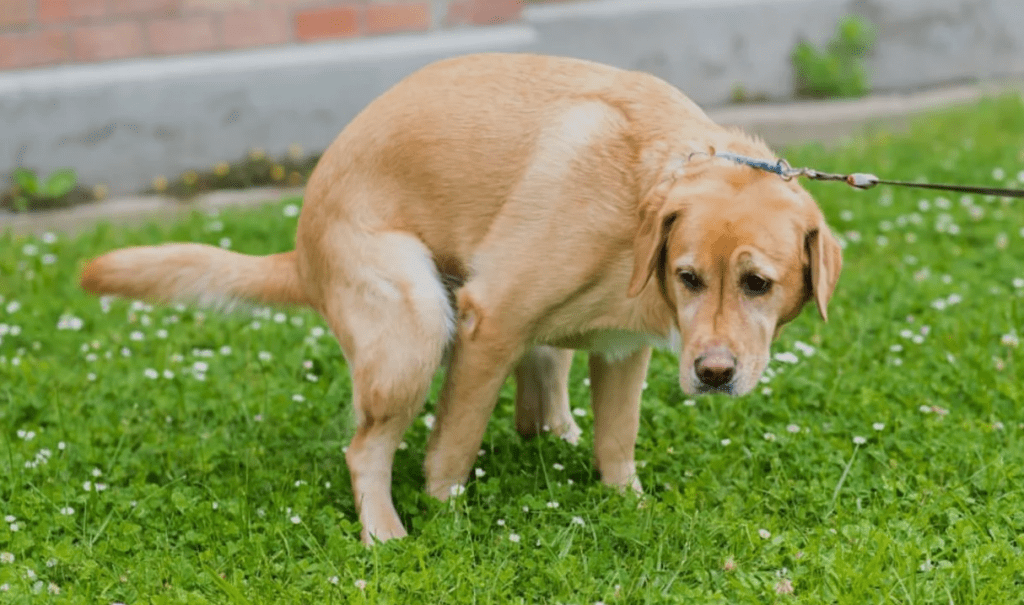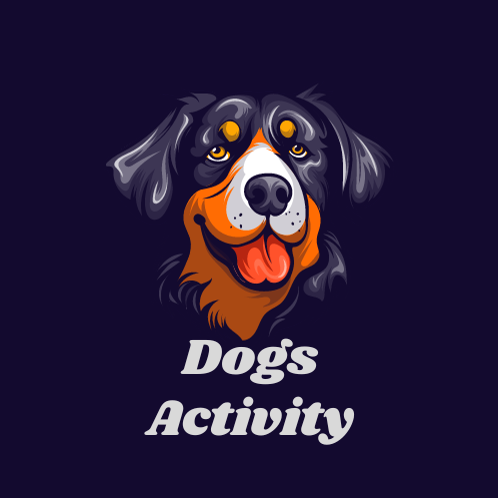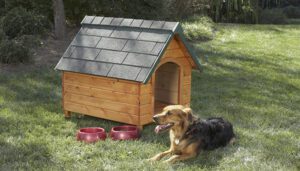
As a responsible dog owner, you understand the importance of ensuring your furry companion maintains a healthy bathroom routine. Regular and timely elimination is essential for your dog’s overall well-being. However, there may be instances when you need your dog to poop quickly, such as before a long car ride, during house training, or when you’re on a tight schedule. This article will provide you with valuable tips and tricks on how to make your dog poop quickly while keeping their comfort and health a top priority.
Understanding Your Dog’s Digestive System
Before diving into techniques to expedite your dog’s potty time, it’s essential to have a basic understanding of your dog’s digestive system. A dog’s digestive process typically takes several hours, during which food moves from the mouth through the stomach and small intestine, where most of the nutrient absorption occurs, and finally to the large intestine, where water is reabsorbed, and feces are formed. Once the feces are ready to be eliminated, they move to the rectum before being expelled.
The time it takes for this process to complete can vary based on several factors, including your dog’s age, breed, diet, and overall health. While it’s not always possible to speed up this process significantly, there are ways to encourage your dog to poop more quickly when necessary.
Set a Consistent Feeding Schedule
One of the most effective ways to regulate your dog’s bathroom routine is to establish a consistent feeding schedule. Dogs tend to develop predictable elimination habits based on their meal times. Here’s how to create a consistent feeding schedule:
- Feed your dog at the same times every day, typically two to three meals depending on your dog’s age and size.
- Avoid free-feeding, where you leave food out all day. This can disrupt their natural digestive rhythm.
- Take note of when your dog usually needs to go after meals, and plan your daily routine accordingly.
Monitor Water Intake
Water plays a significant role in digestion. Too much water immediately after eating can dilute stomach acids, potentially slowing down the digestive process. On the other hand, not providing enough water can lead to constipation. To help your dog poop quickly, follow these water-related guidelines:
- Offer fresh water throughout the day, but avoid excessive drinking immediately after meals.
- Monitor your dog’s water intake, especially if they have a habit of consuming large amounts at once.
- Make sure your dog stays adequately hydrated, as dehydration can lead to constipation.
Exercise Regularly
Physical activity and exercise stimulate digestion in dogs. Regular exercise can help move food through the digestive tract and encourage your dog to eliminate more quickly. Here’s how to incorporate exercise into your dog’s routine:
- Engage in daily walks or play sessions that match your dog’s energy level and age.
- Schedule exercise sessions before meals or when you want your dog to eliminate to encourage faster digestion.
- Keep in mind that overly strenuous exercise immediately after eating may not be ideal, as it could lead to indigestion.
Pay Attention to Bathroom Cues
Understanding your dog’s cues is crucial for anticipating their need to poop. Some common signs that your dog may need to go include sniffing the ground, circling, whining, or heading towards the door. Pay close attention to your dog’s behavior, especially after meals or upon waking in the morning.
When you notice these cues, take your dog outside promptly to encourage them to relieve themselves. Praise and reward them when they do so outside, reinforcing the connection between the cue and the desired behavior.
Create a Designated Bathroom Area
Designating a specific area for your dog to relieve themselves can be an effective way to make them poop quickly. Dogs are creatures of habit, and having a consistent bathroom spot can help signal to them that it’s time to go. Here’s how to create a designated bathroom area:
- Choose a specific spot in your yard or on your regular walking route.
- Take your dog to this spot consistently when it’s time for them to eliminate.
- Use a cue word or phrase, such as “Go potty,” to help your dog understand the purpose of the area.
- Over time, your dog will associate this location and cue with bathroom time, making it easier to expedite the process.
Adjust Their Diet
Your dog’s diet can significantly impact their digestion and, consequently, their bathroom habits. If you need your dog to poop quickly, consider making temporary adjustments to their diet. Here’s how to do it safely and effectively:
- Increase dietary fiber: Adding a small amount of plain, canned pumpkin (not pumpkin pie filling) to your dog’s food can provide extra fiber, which can aid in digestion and promote more regular bowel movements.
- Offer easily digestible food: Opt for easily digestible foods, such as plain rice or boiled chicken, for a day if you need to address a specific situation.
- Consult your veterinarian: Before making significant changes to your dog’s diet, it’s essential to consult your veterinarian to ensure you’re addressing their specific needs.
Use Potty Training Commands
Teaching your dog potty training commands can be a valuable tool in expediting their bathroom breaks. By using specific words or phrases, your dog can associate the command with the desired behavior. Here’s how to teach potty training commands:
- Choose a simple and unique command, such as “Go potty.”
- Use the command consistently every time you take your dog outside to eliminate.
- After your dog successfully poops, reward them with praise and possibly a small treat.
- Over time, your dog will associate the command with the act of pooping, allowing you to use it when you need them to go quickly.
Manage Stress and Anxiety
Stress and anxiety can affect your dog’s digestive system, potentially causing delays in elimination. If you’re in a situation where you need your dog to poop quickly, consider these techniques to manage stress:
- Create a calm environment: Minimize loud noises, sudden movements, or other stress-inducing factors that can hinder digestion.
- Offer reassurance: Comfort your dog with gentle petting and soothing words to help them relax.
- Use positive associations: If your dog is anxious about a particular location, make it a positive experience by offering treats and praise.
Take Short Leash Walks
Short leash walks are an effective way to guide your dog’s bathroom routine. When your dog is on a leash, you have better control over their movements, which can be helpful when you need them to poop quickly. Here’s how to make the most of short leash walks:
- Keep the leash short, so your dog is close to you and can’t easily wander off.
- Walk at a brisk pace to encourage your dog to move and stimulate their digestive system.
- Pay attention to your dog’s cues and head to the designated bathroom area when you notice them.
Be Patient and Understanding
While it’s essential to know how to make your dog poop quickly in specific situations, it’s equally crucial to be patient and understanding. Dogs may not always cooperate according to your schedule, and some factors, like health issues or age, can affect their digestion. Avoid becoming frustrated with your dog if they don’t eliminate as quickly as you’d like.
Conclusion
Encouraging your dog to poop quickly when necessary requires a combination of understanding their digestive system, establishing a routine, and using positive training techniques. While it’s important to know how to expedite the process, always prioritize your dog’s comfort and well-being. Regular exercise, a consistent feeding schedule, and paying attention to your dog’s cues are key elements in maintaining a healthy bathroom routine. By using these techniques, you can help ensure that your dog has timely and comfortable potty breaks while strengthening the bond between you and your furry friend.


